Essential Spring Garden Planting Tips for a Vibrant Garden
Spring has sprung, and you probably want your garden to be as vibrant, colorful, and magical as it can be.
This is where planning your garden ahead of springtime is vitally important. Whether it’s cleaning up your garden beds of the wintery nasties or getting a head start on planting some seedlings in indoor planters—putting in some hard work before spring will have you feeling rewarded and satisfied before the season even begins!
Consider the following as a list of essential spring garden tips for planning (and planting!) ahead of springtime so your plants can blossom and thrive in the sun after shivering away for a few snowy months.
Benefits of Planning Your Garden Ahead of Spring
Wondering how to plan your garden as a Massachusetts local? Look no further for gardening tips specific to your local area. If you are eager to get your spring garden plants ready to flourish in the spring, the first thing you need to do is to conduct a good spring (garden bed) clean. Below are some tips to plan ahead:
1. Clean Up Your Garden Beds
Let’s spruce your garden bed up by clearing away any dead leaves, winter debris, or any weeds that you may find in or around your soil. You will also want to remove any old protective winter mulch from around your perennials and ornamental grasses and cut back any dried foliage. This allows for your garden beds to look more intentionally put together and allows your plants to breathe more of that fresh spring air.
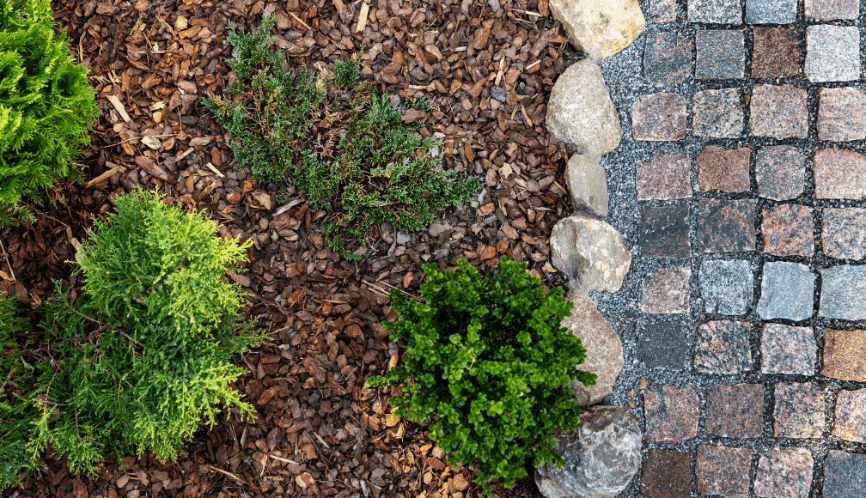
2. Prune and Trim
Want to reduce your risk of a tiny crop or even none at all? Know when to start pruning and trimming.
Pruning and trimming schedules can vary depending on the specific plants, trees, and shrubs you have in your garden or landscape, as well as the prevailing weather conditions in your region. In Massachusetts, the general guidelines for pruning and trimming are as follows:
Deciduous Trees and Shrubs:
Late winter to early spring: This is often the best time to prune deciduous trees and shrubs, as they are still dormant, and the lack of leaves allows for better visibility of the branch structure. Some deciduous trees, like maples, are best pruned in late summer or early fall to minimize sap bleeding.
Evergreen Trees and Shrubs:
Spring or early summer: Prune evergreens in late spring to early summer before the new growth hardens off. Avoid pruning in late summer or fall, as this can stimulate new growth that may not have enough time to harden off before winter.
Flowering Shrubs:
After flowering: Prune spring-blooming shrubs, such as lilacs and forsythia, immediately after they finish flowering in late spring or early summer. Summer-blooming shrubs are often pruned in late winter to early spring before new growth begins.
Fruit Trees:
Late winter to early spring: Prune fruit trees before bud break but after the coldest part of winter has passed. This helps shape the tree, improve air circulation, and remove dead or diseased wood.
Perennials and Ornamental Grasses:
Late fall to early spring: Cut back perennials and ornamental grasses in late fall or early spring before new growth emerges. This helps rejuvenate the plants and promotes healthy growth.
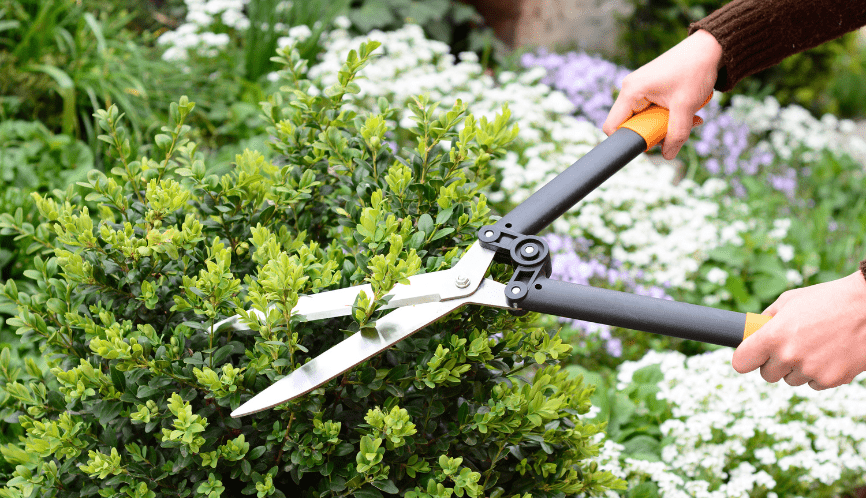
3. Prepare the Soil For Planting!
Throughout the winter months, soil tends to become harder and more compact, which is not the ideal, fluffy bed of nutrient-dense soil we hope for. The first thing you’ll want to do when the climate has warmed up a tad is to loosen the soil back up by tilling it. You can loosen up your soil by using a tiller, or just a sharp spade, to turn and fluff up the soil to prepare for new crops.
If you consider yourself a bit of a green thumb, this is also the time you should add any amendments to your soil that you see fit, for example, a healthy layer of compost to the soil and any other amendments that the soil needs—a quick pH and nutrient level test should let you know what you need to do to your soil. Compost is extremely good for moisture retention and will improve the soil’s texture drastically. Compost will also provide ample nutrients for the plants to soak up and eat to grow big and strong.
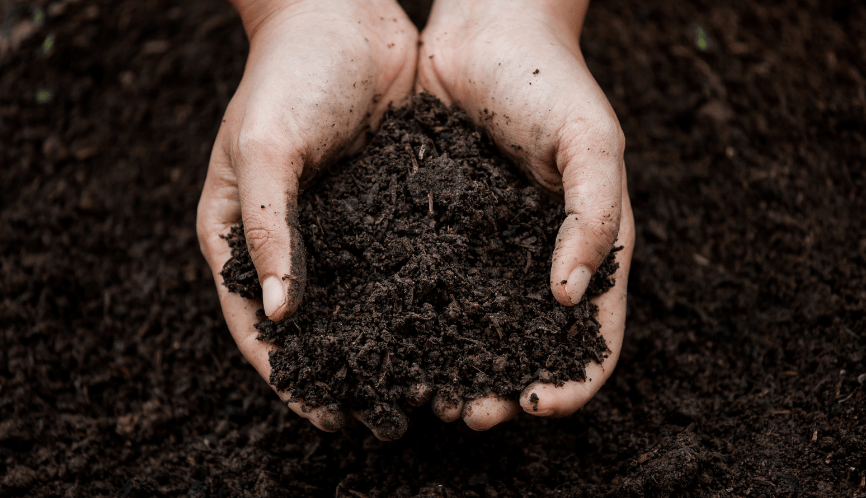
4. Think About New Planters…
A good tip for setting up a spring garden is to make sure you actually have places to put your abundance of new plants in a way that matches your desired aesthetic. Whether slightly country, a little more modern, or a traditional Hampton vibe, some new pots, new planters, or even some window planters for your fresh and aromatic herbs can make all the difference. Whatever you choose, you want to ensure no plant will wither away in some dusty corner of your shed just waiting to be potted.
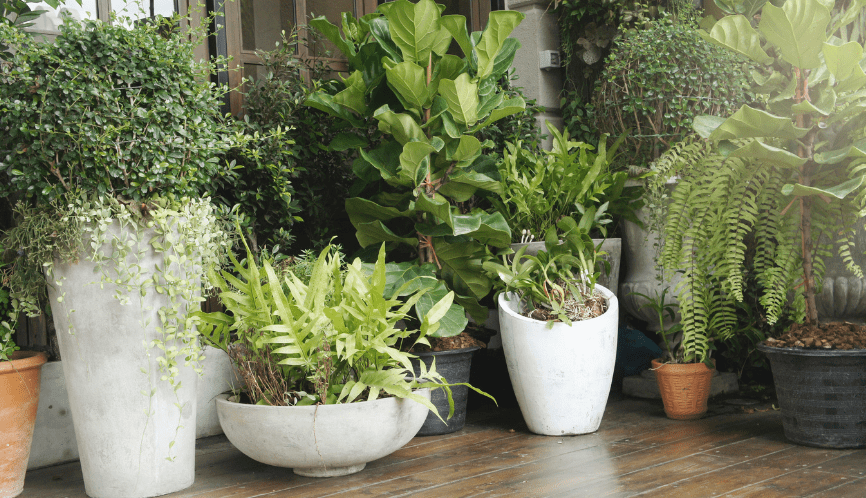
5. Divide Perennials for Propagation
Here’s something you need to be aware of: perennial plants can live longer than two years, but only if they don’t crowd each other and fight to the death for the soil’s nutrients. Shasta Daisies, Daylilies, and Hostas are all examples of perennials that can thrive for years if they are divided up in early spring.
When dividing the perennials, you must make sure that you aren’t damaging the roots of the plants. You can do this by following the steps below:
1. With a spade, dig around and underneath the clump of roots, allowing plenty of space to avoid slicing into the roots.
2. Lift the clump of roots out of the ground from underneath.
3. Shake the dirt out from the roots and try to disentangle the roots by hand (it may be necessary to cut the clumps of roots apart with a knife if they’re too tough to do by hand).
4. Separate and pull apart distinct rootstocks (rootstocks are underground roots/stems that can produce new plants when properly separated).
5. Immediately re-plant the newly divided perennials in a large area, evenly spacing them out to give the new rootstocks space to breathe and grow.
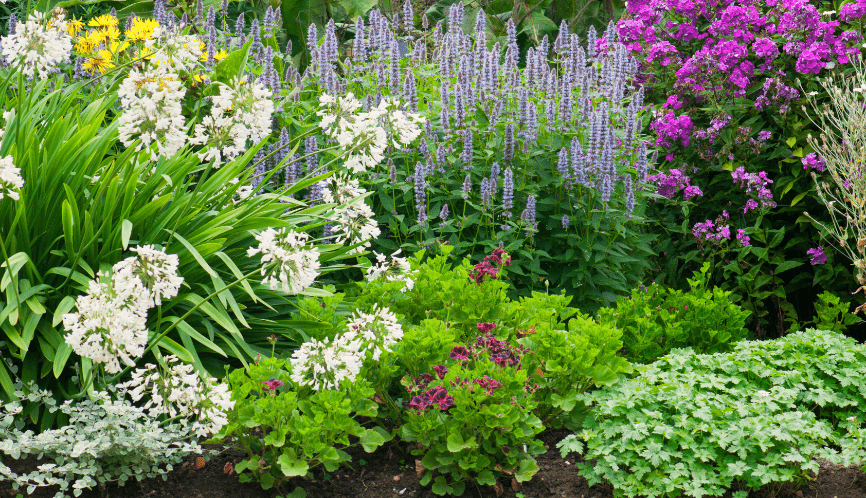
6. Know When to Start Planting
The most important thing to know about planting a garden in the spring is that you don’t actually start in the spring—you MUST plant ahead. Hardy vegetables, in particular, can be started before spring (e.g., potatoes, onions, garlic, artichokes, and even some lettuce). You can even plant them indoors or in hot houses early so that when spring comes and the soil has defrosted, you’ll be ready to go.
Once spring is here, the rest of the planting is pretty straightforward. Bulbs and Perennials are super simple. If your soil is prepared (see tip 3: Prepare Soil for Planting), all you’ll need to do is make sure you plant it at the right height in the soil and give it water to drink up, and you’re done.
With bigger plants, such as Trees or Shrubs, the method of planting is almost the opposite of when you divided the perennials in step 5! You want to make sure you dig a hole wide enough for all the roots to grow, ensuring you add some prepared soil in a cone-like shape underneath the center of the tree’s roots. You’ll want to then fill the rest of the hole up with the amended soil.
A handy trick for planting trees in the spring is to also make sure you place a ring of soil on top of the ground, circling the tree. This acts as a raised barrier so the area around the tree doesn’t become a gross and yucky mud pit when you water the tree in—which you will need to do now!
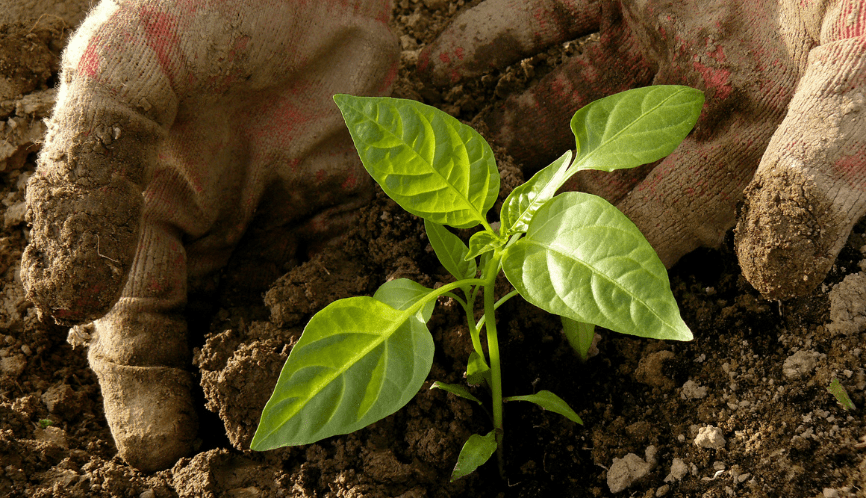
7. It’s Mulch Time: Get Your Hands and Spades Dirty
Lastly, you will want to apply a thick layer of mulch on your garden beds – the protective layer that keeps nasty weeds from taking up residence in your now beautifully curated garden! If you started some plants indoors in winter and planted them once the frost had melted, you should not have to wait for any seeds to germinate. As a result of your hard work and pre-planning, you won’t have space on your garden beds for any weeds to infest.
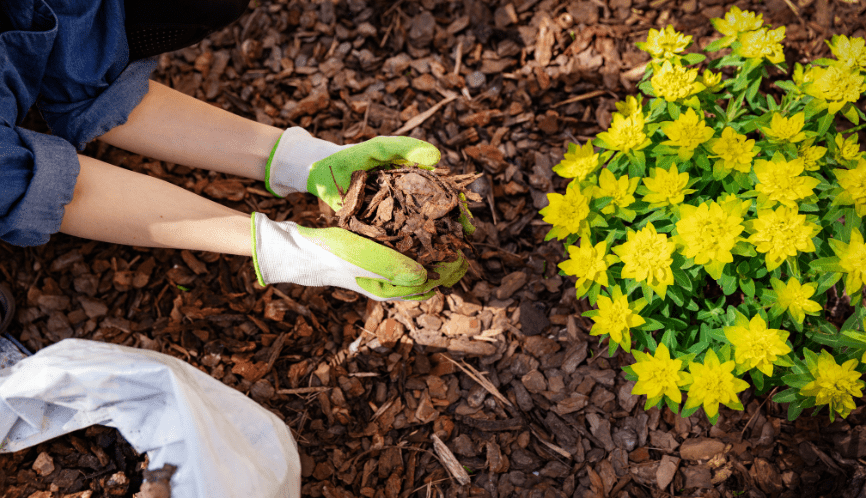
Need Some Spring Planting Ideas?
There are many different springtime garden plants to choose from, but no need to be overwhelmed! All you need to think about is what you like. Which vegetables do you enjoy eating? What does your family enjoy eating? What dishes do you cook at home the most, and which herbs would go well with said dishes? Choose the plants you think will feel the most rewarding to you!
Do you like to make homemade pizza? Plant herbs, such as basil, rosemary, and oregano; vegetables, like tomatoes, garlic, and peppers—whatever fresh ingredient you enjoy on pizza, plant it!
How does fresh fruit sound to you? Try planting some fruit trees that could provide fresh fruits, such as apples, pears, peaches, plums, or even some cherry or fig trees!
If we’re thinking along the lines of flowers, trees, or shrubs, you’ll want to consider how much shade/light your flower garden will have. This will help you determine which plants will have the most chance for success. You may also want to consider if you prefer to have your flowers bloom in summer (but then have to be re-planted each spring) or have your flowers have a short bloom but return year after year on their own…something to think about!
Here are some other spring garden plant ideas to help you decide what to plant this spring:
- Vegetables: peppers, tomatoes, eggplant, potatoes, onions, garlic, lettuce, cucumbers, etc.
- Perennials: pansies, peonies, New England aster, phlox, purple coneflowers, black-eyed Susans, daylilies, hostas, Shasta daisies, etc.
- Annuals: calendula, cosmos, geraniums, sunflowers, marigolds, impatiens.

So what do you think? Have more ideas about what to plant in the spring? Are you inspired and ready to get your spring garden looking abundant and magical?
Contact The Patio Company today, if you need a hand with getting your garden beds ready for springtime. Our garden design and maintenance services can help save you time and energy figuring it out yourself.








Follow Us